Abstract:
Protected areas (PAs) serve as a primary conservation strategy to mitigate wildlife defaunation and trophic downgrading associated with human activities. However, how well they preserve terrestrial biodiversity and maintain food webs and what factors promote their effectiveness remain poorly understood. Here, we synthesized a nationwide camera trap dataset to evaluate the effectiveness of China’s PAs in conserving biodiversity and maintaining network complexity. We estimated the extent of defaunation by reconstructing historical communities and quantifying the impacts of human-driven species loss on food webs. Our findings indicate that larger PAs are more effective in reducing species loss, but human populations outside PAs jeopardize biodiversity protection inside PAs. Despite an extensive PA system across China, 76% of medium- and large-sized species have not been found in over half of their historically inhabited PAs since the mid-1900s, with large carnivores now largely absent from most PAs. This has resulted in a network of sites with unbalanced food webs, exceeding what would be expected from random species loss. Species loss under conditions of insularization without being connected is an ongoing decay process. As the effects of food web simplification continue to play out in future decades, further biodiversity declines within PAs are expected unless lost ecological functions are actively restored. Our findings emphasize that future conservation plans must extend beyond PA boundaries to establish well-connected networks and must prioritize apex predator recovery or reintroduction. These initiatives have global significance for scaling up conservation efforts and achieving the “30 by 30” targets for PAs.
Liu, J., Kang, Y., Jensen, A. J., Kays, R. & Jiang, A. (2025) ‘Apex predator loss drives trophic downgrading in China’s protected areas’, Current Biology, 35(1), pp. 1–9. doi: 10.1016/j.cub.2025.05.016

